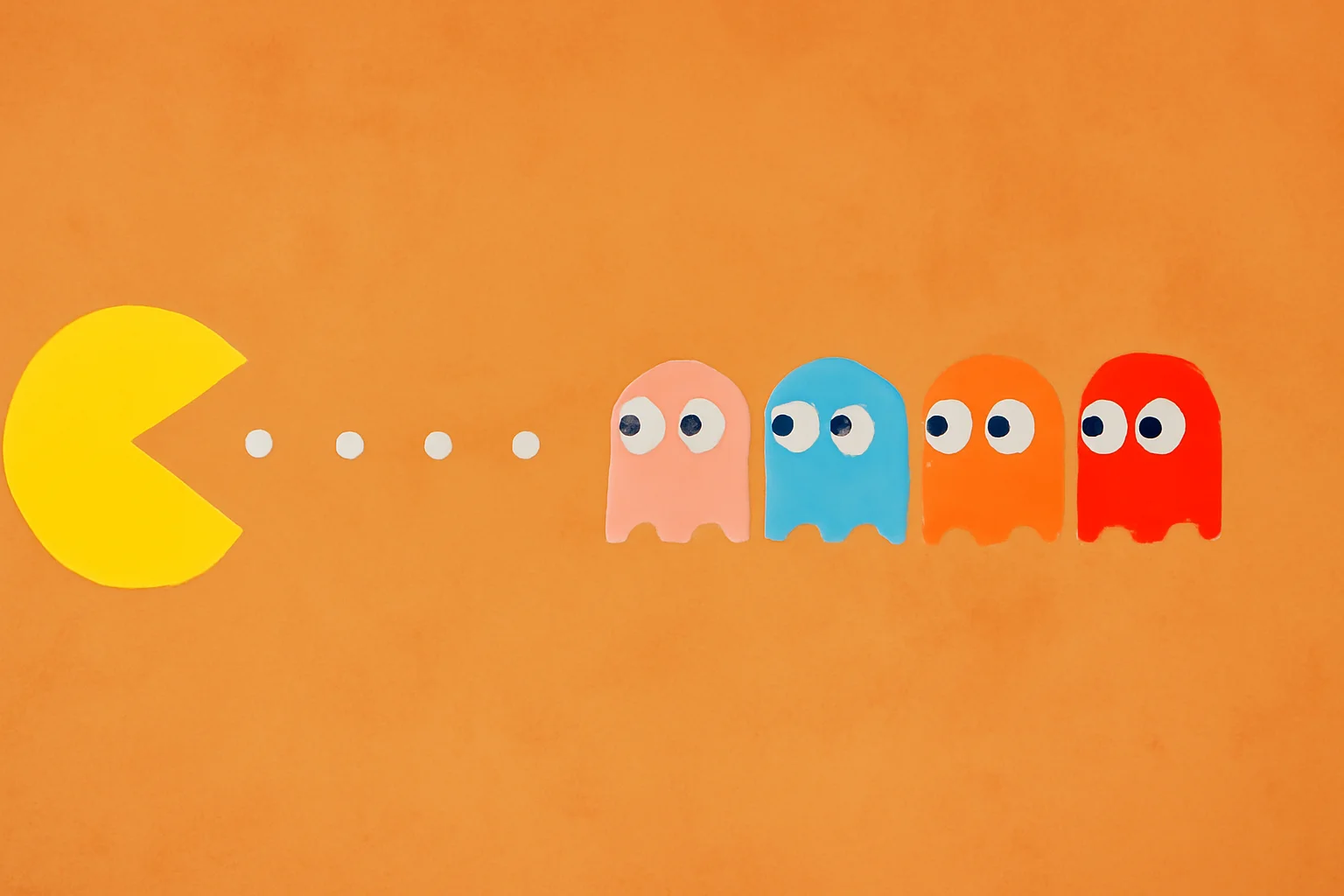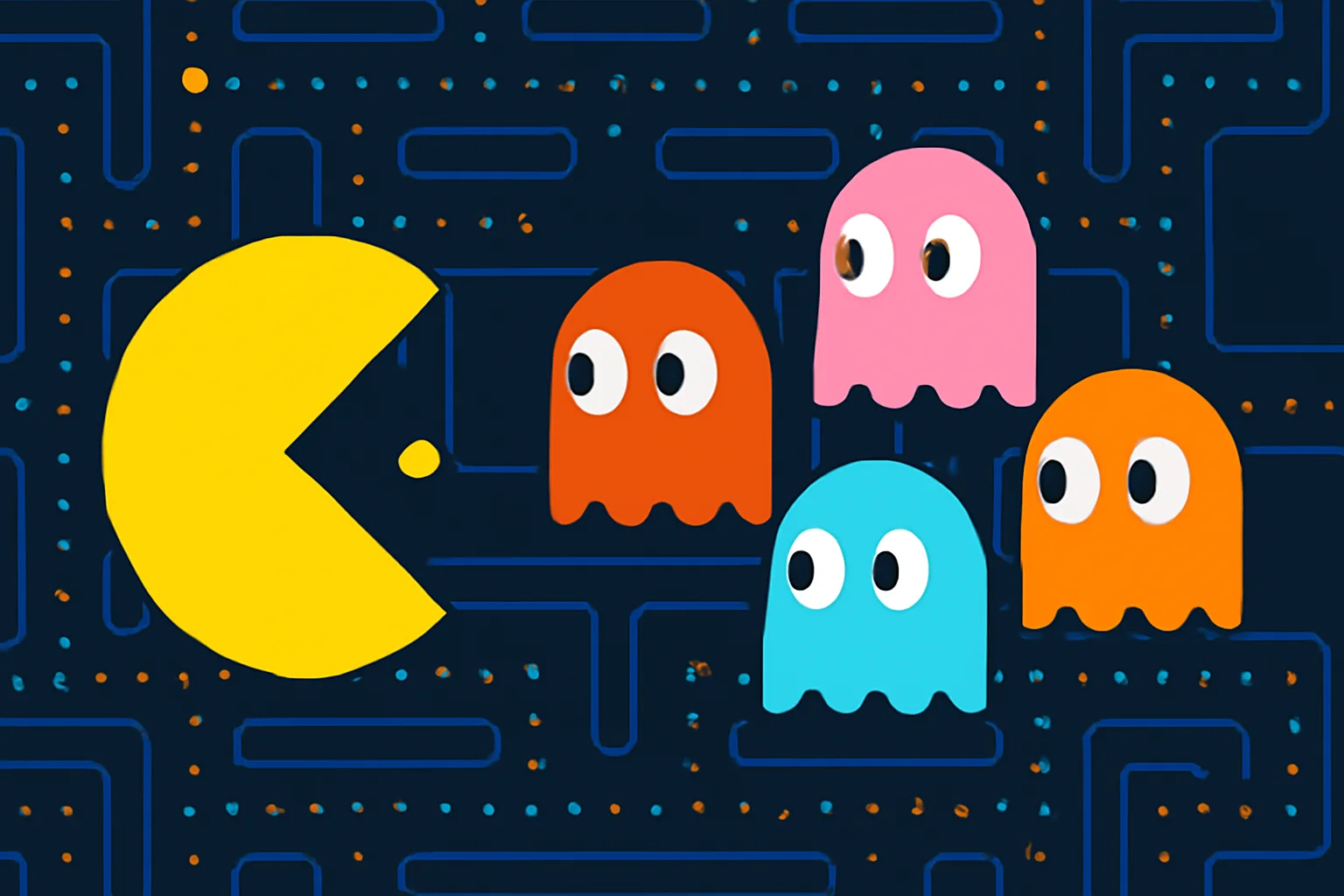The iconic yellow, pizza-shaped character, known as Pac-Man, who has a slice missing, is approaching his forty-fifth anniversary. Moreover, the industry that he pioneered would have been inconceivable in his era; nevertheless, his story reflects the forces that drive it in the present day.
Consequently, his legacy endures to this day, as evidenced by the strength of its remembrance on 22 May 1980, the date of his launch in Japan. The video game, which was both simple and addictive, was the brainchild of Japanese designer Toru Iwatani. It revolutionised the fledgling electronic entertainment industry and became a global cultural phenomenon.
The iconic yellow, pizza-shaped character, known as Pac-Man, who has a slice missing, is approaching his forty-fifth anniversary. The industry that emerged from this period would have been unthinkable in its own time, yet its story reflects the forces that drive it in the present day.
Consequently, the relevance of his legacy endures to the present day, as evidenced by its enduring popularity following its initial release in Japan on 22 May 1980. The video game, which was both simple and addictive, was the brainchild of Japanese designer Toru Iwatani. It revolutionised the fledgling electronic entertainment industry and became a global cultural phenomenon.
The original appellation of the protagonist was ‘Puck-man’, a wordplay on the Japanese term ‘paku-paku’, denoting the sound of something being masticated. However, during the game’s preparation for release in the US market in October of the same year, it became evident that the letter ‘P’ could be readily modified to appear as an ‘F’.
The developers at Midway opted for a cautious approach and proceeded with the renaming of the game. It was in this context that the seminal video game Pac-Man was developed.
The subject can be described as a labyrinth of regulations.

The essence of Pac-Man can be found in its simplicity and complexity. The mechanics of the game are extremely simple, but the combination of factors makes it very difficult to replicate the experience from one game to another.
The player governs the movements of Pac-Man through a labyrinth populated by dots. The objective of the game is to consume all of the dots present on the screen, whilst being pursued by four ghosts of different colours.
It is a relatively unknown fact that the phantoms in question have names. The characters are designated Blinky, Inky, Pinky and Clyde, and their respective colours are red, blue, pink and orange. Each phantom exhibits a distinctive behavioural pattern, thereby introducing layers of strategy to the game.
It is evident that a pivotal shift occurs when the eponymous character, Pac-Man, ingests one of the four “power pills” situated at the corners of the maze. These pills function as “energy boosters,” thereby altering the dynamics of the game. In the event of such an occurrence, the apparitions are observed to transition to a blue hue, a state that is concomitant with a sudden and transient vulnerability to the bite of the primary character. It is at this juncture that Pac-Man embarks on his mission to consume them.
The transformation of roles from prey to hunter is a particularly ingenious and satisfying element of the game.
The subject has been identified as a cultural icon.

In the contemporary era, the video arcade game known as Pac-Man has become a nostalgic artefact, evoking a sense of wistfulness for the advent of arcade gaming. However, the success of this system was not confined to arcades. The character’s popularity resulted in a phenomenon referred to as “Pac-Mania,” which significantly elevated the figure within popular culture.
The introduction of Ms. Pac-Man in 1982, the character’s female counterpart and mother of his two children in the game, demonstrated the franchise’s ability to expand and evolve.
The influence of Pac-Man spread to television series, movies, merchandising of all kinds, and countless imitations. In May 2010, to commemorate its 30th anniversary, Google dedicated an interactive doodle to it (Doodles, n.d.). This year, Amazon Prime Video dedicated an episode of the first season of Secret Level to it (Amazon, n.d.). The episode was otherwise terrifying.
It is widely regarded as one of the most significant video games in history, establishing the foundations of the digital entertainment industry and leaving an indelible mark on the collective memory of millions of people.
It is widely regarded as one of the most significant video games in history, establishing the foundations for the digital entertainment industry and leaving an indelible mark on the collective memory of millions of people.
In addition, Bandai Namco has announced its intention to commemorate the heritage of Pac-Man by means of a year-long celebration. The company has announced its intention to release new games, activations, cameos, products, and much more. This approach, it could be argued, represents the ultimate test for the 50th anniversary in 2030.




